Matt Golowczynski uses his expertise to round up eight second-hand cameras under £400, to help you get the most out of the used-camera market
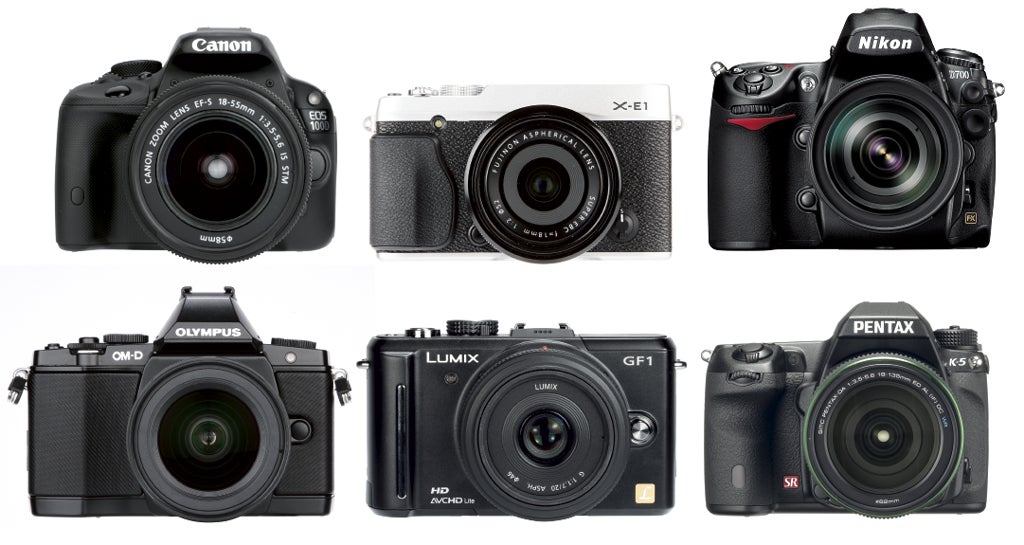 If you’ve been tempted to buy a new camera recently, you may well have considered opting for a second-hand version of something that’s otherwise no longer available – and there are good reasons for doing so.
If you’ve been tempted to buy a new camera recently, you may well have considered opting for a second-hand version of something that’s otherwise no longer available – and there are good reasons for doing so.
Previous generations of cameras aren’t always dissimilar to what’s currently on the market, and with an increasing number of reputable companies seeking to establish themselves in the second-hand marketplace, it’s easier than ever to buy with confidence.
Of course, the adage of you only get what you pay for is always worth bearing in mind, and while it’s possible to find a genuine bargain it’s also worth asking questions and doing your research before parting with your money. When buying an interchangeable- lens model of any kind, for
example, you should ask about the condition of the sensor, as this may have a stubborn mark or defective pixels. Some retailers state the shutter actuations of DSLRs, although bear in mind that this can be falsified. Even when it is accurate, it is only one indication of how extensively a camera has been used.
With cameras of any kind, you should check that all controls are operational and that the rear screen and viewfinder are clear and in good condition. It’s common for well-used models to exhibit a ‘shining’ around edges and corners, and while this in itself should not affect their performance, it gives an idea as to how well they have been taken care of. One big advantage of buying from a shop is that you can check this before you part with your money.
Used equipment isn’t covered by the same kind of warranty as new stock, and this will typically vary from model to model. Six-month warranties are fairly typical for second-hand cameras, although 12-month warranties have become common as more companies have started to sell second-hand stock. Some cameras may not come with any warranty at all, and if a model is far cheaper than expected, make sure it’s not defective in any serious way as it may be sold ‘as seen’ or even as spares. Make sure you also check what comes with the camera, as it’s fairly common to have third-party batteries or chargers that may not be reliable.
Obviously, you should also check the reputation of a company before you buy from it, particularly if buying online. Shopping online can be easier as you can quickly check websites such as Trustpilot, Feefo and Review Centre for testimonials from customers; companies with a significant following on social media also tend o be more reputable than those without. Many reputable dealers also frequently advertise in Amateur Photographer.
If buying on websites such as eBay, the seller will usually state a returns policy, so make sure you’re happy with this before you buy. The site also offers a money-back guarantee in the event that the item you buy doesn’t turn up or is in a condition that’s different to that described, so make a note of the description and check this upon receipt of the item.
We’ve chosen eight Second-hand cameras under £400, which in some way stand out from the herd.
Second-hand cameras under £400
Canon EOS 100D
Price: £210 (body only, £240 (with 18-55mm kit lens)
Read our Canon EOS 100D review
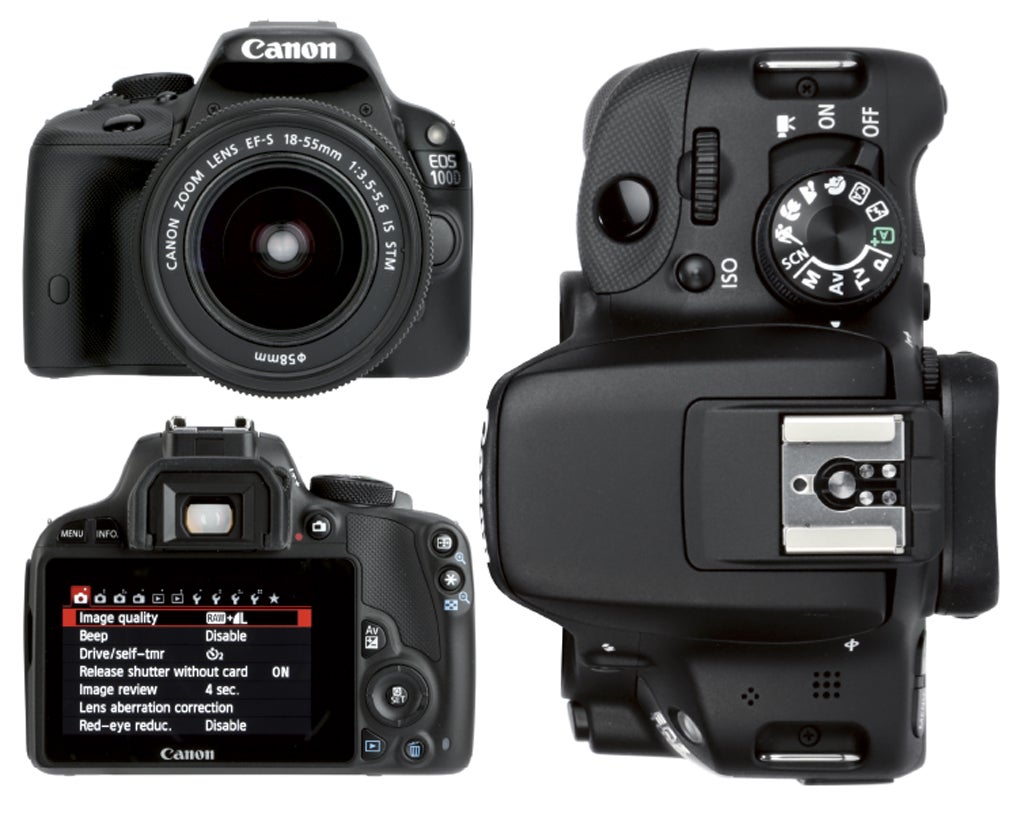 The EOS 100D is Canon’s smallest and lightest DSLR to date, but with much the same spec as the more advanced EOS 700D. The EOS 100D is still available new for around £330 with its kit lens, but a few good-quality examples can be found second- hand for as little as £210.
The EOS 100D is Canon’s smallest and lightest DSLR to date, but with much the same spec as the more advanced EOS 700D. The EOS 100D is still available new for around £330 with its kit lens, but a few good-quality examples can be found second- hand for as little as £210.
Thanks to its light weight and compact dimensions, it’s a fine contender as a first-time camera for general use, or for travel photography with a suitable optic. While its 18-million-pixel sensor, pentamirror viewfinder and 4fps shooting mode may all seem fairly pedestrian, the EOS 100D’s 3in LCD has a respectably high 1.04-million-dot resolution and the advantage of touch functionality.
Those keen on video capture will be pleased to learn that the camera’s full HD video option is complemented by Canon’s Hybrid CMOS AF II technology to maintain smooth, continuous focus during movie recording, and there’s even a mic port on its side.
While its size and weight are its most obvious selling points, they are perhaps also the EOS 100D’s biggest drawbacks. Those with larger hands may be put off by the camera’s small grip, while those using heavier lenses may find such combinations imbalanced.
As with any EOS model, you also benefit from almost 30 years’ worth of compatible and widely available optics, not only from Canon but also many third parties such as Sigma and Tamron. So, if your long-term plan is to have a number of different optics in your kit bag, the EOS 100D would be
a capable and affordable base around which to build this.
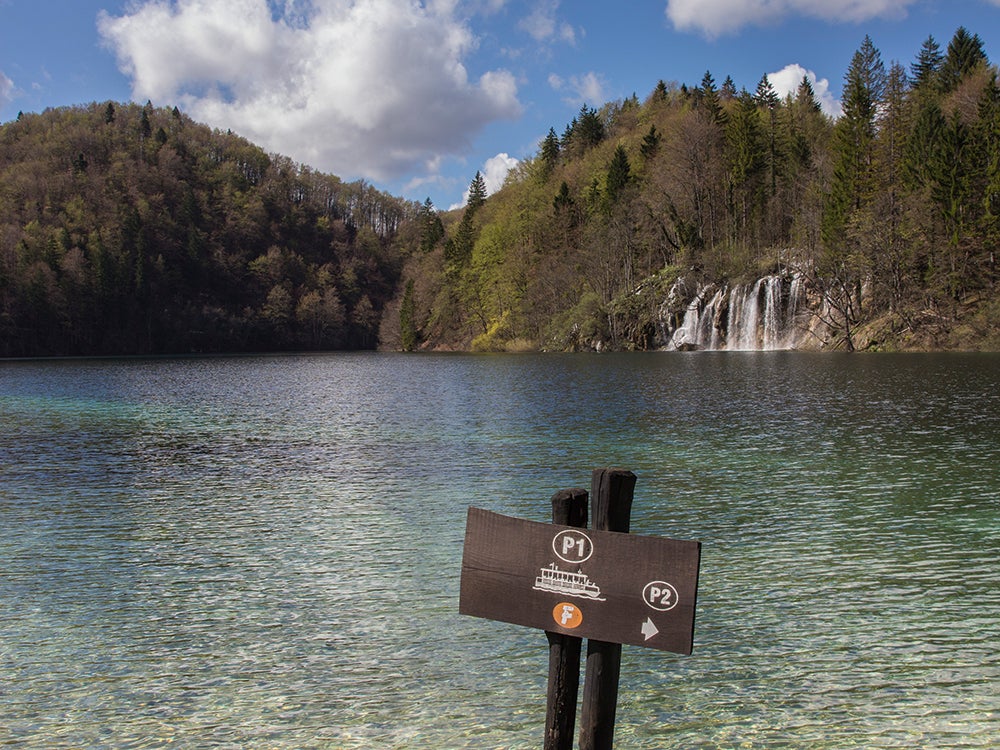
The EOS 100D is small and light enough to carry with you anywhere
Canon EOS 5D
Price: £350 (body only)
Read our Canon EOS 5D review
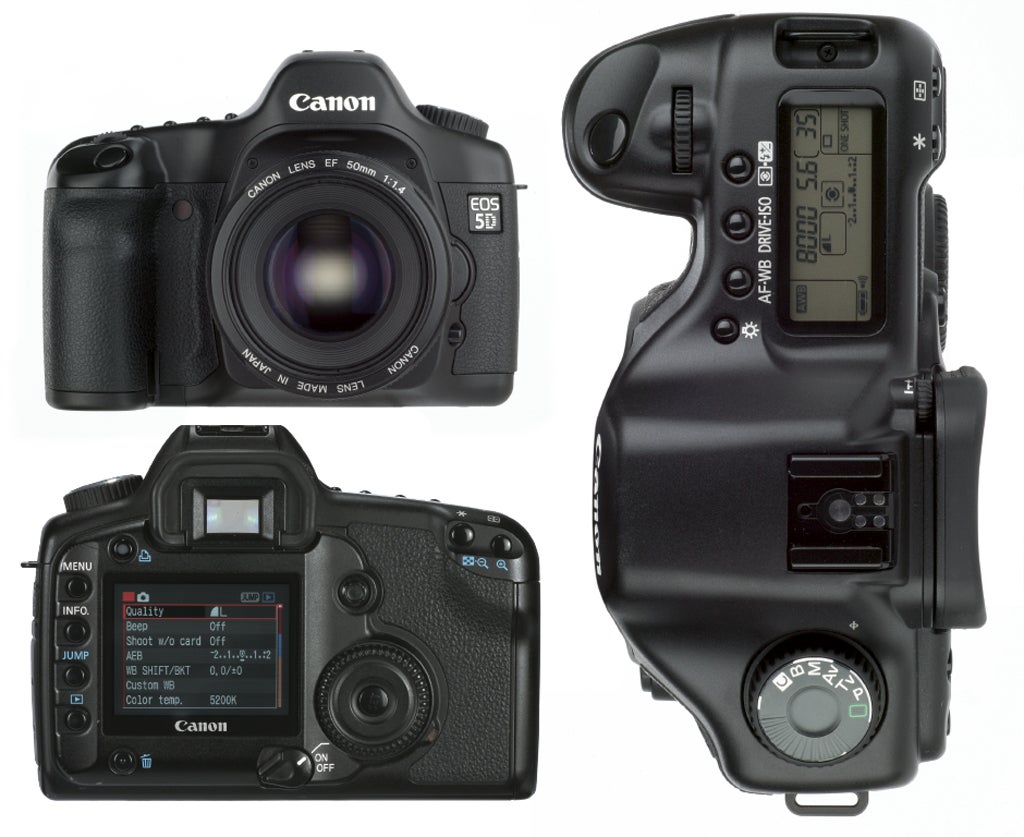 For a long time the EOS 5D was the camera many Canon users aspired to own, although as the oldest of the eight here – and by some margin, too – it comes as little surprise to find that much of its spec sheet today looks largely outdated.
For a long time the EOS 5D was the camera many Canon users aspired to own, although as the oldest of the eight here – and by some margin, too – it comes as little surprise to find that much of its spec sheet today looks largely outdated.
Its 2.5in LCD screen displays details with just 230,000 pixels, while its standard sensitivity range only extends to ISO 1,600, with an ISO 3,200 expansion setting. There’s no video recording or live view, either, while the 3fps burst mode is pretty much what we’d only now expect from the most basic DSLRs or medium-format models so advanced that burst shooting isn’t a focus.
Still, those drawn to the EOS 5D will probably be happy to overlook the above for its positive qualities, namely a 13-million-pixel full-frame sensor and pentaprism viewfinder with exchangeable focus screens inside a solid magnesium-alloy body, together with compatibility with decades- worth of EF glass. Canon has also replaced many popular optics with second-generation versions, making many of the earlier samples readily available on the second-hand market.
Those managing to find an EOS 5D in good condition should be aware that the camera’s shutter was only rated to 100,000 actuations. As the EOS 5D was a stalwart of many semi-professional photographers it’s likely that, by this point, many models may not be too far away from this figure. Still, those kept in good condition and not intended for demanding shoots may well still have a lot of life left in them.
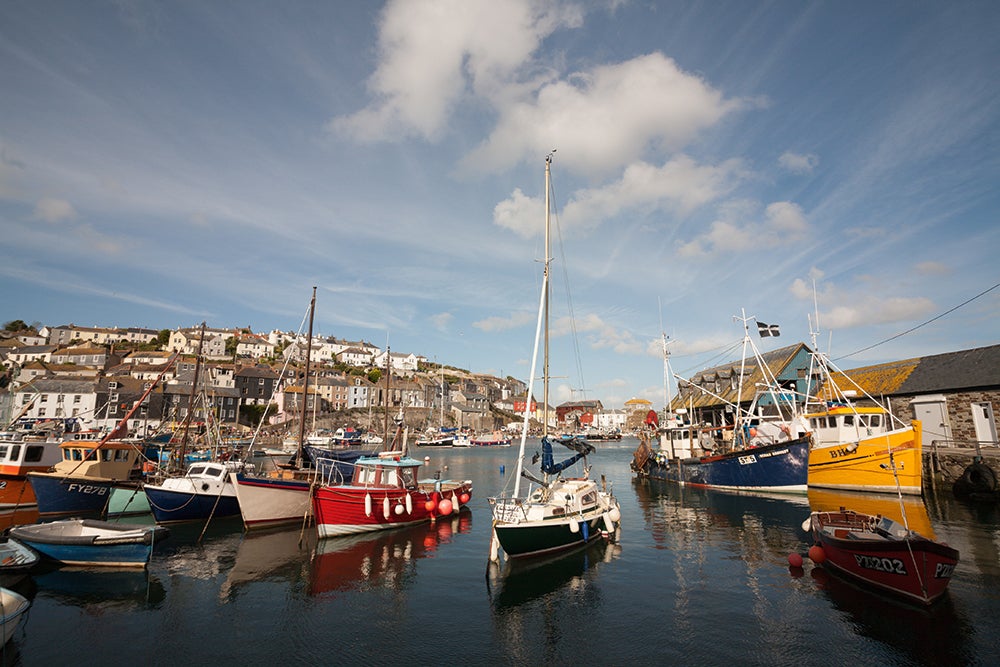
Despite its age, the EOS 5D is still fully capable of great image quality
Fujifilm X-E1
Price: £180 (body only), £370 (kit with 18-55mm lens)
Read our Fujifilm X-E1 review
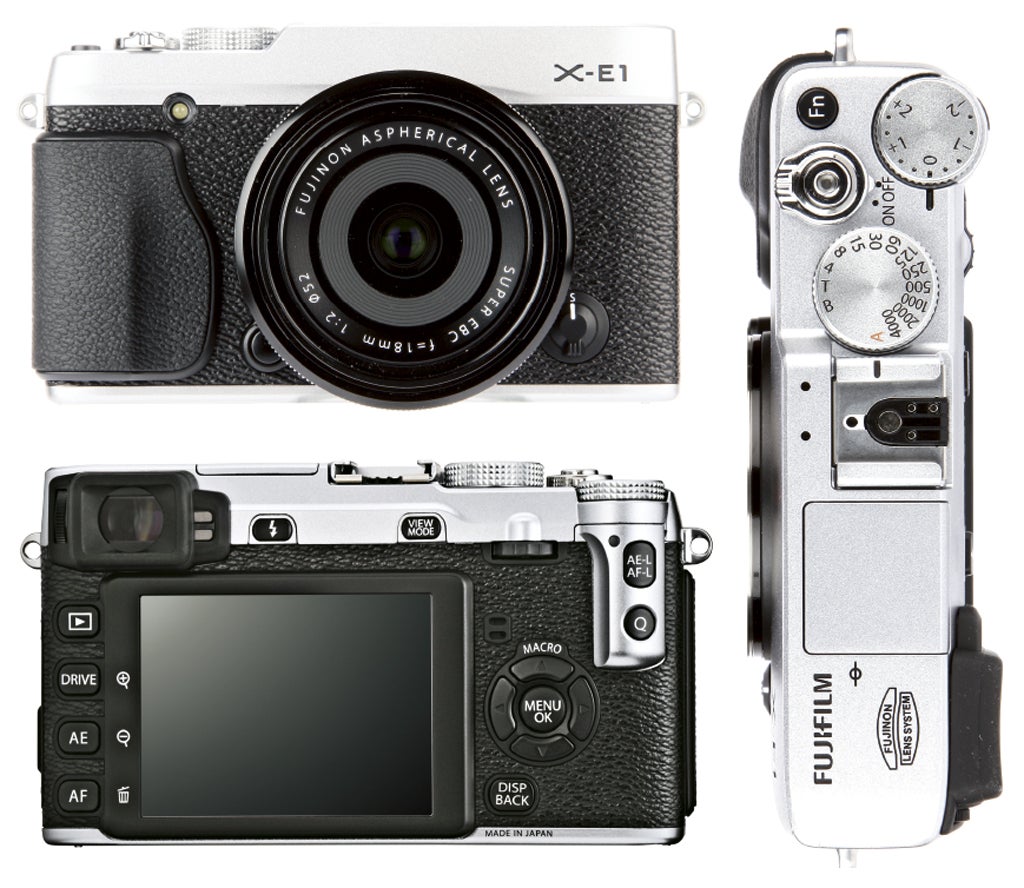 Fujifilm X-Pro1 may have been the camera that initially won over many DSLR users to the idea of a compact system camera as their primary body, but as a flagship model aimed at a discerning audience it was only ever going to win over so many. And so, with similarly stellar image quality and a familiar design, the more affordable X-E1 appeared as the most logical next release.
Fujifilm X-Pro1 may have been the camera that initially won over many DSLR users to the idea of a compact system camera as their primary body, but as a flagship model aimed at a discerning audience it was only ever going to win over so many. And so, with similarly stellar image quality and a familiar design, the more affordable X-E1 appeared as the most logical next release.
The X-E1 employs the same highly regarded sensor as the X-Pro1, and although it mirrors that camera in offering a hybrid multi viewfinder, the OLED panel within it has a significantly higher 2.36 million dots compared to the 1.44 million dots of the X-Pro1’s viewfinder LCD.
On the downside, the 460,000-dot LCD is somewhat underwhelming and there are plenty of good examples of the more junior – but more recent – X-M1 around to rival it. While this lacks the X-E1’s viewfinder and processing engine, it features the same sensor, a larger and higher-resolution screen that can be tilted, Wi-Fi functionality and a marginally smaller and lighter body than the X-E1.
Fujifilm has won much acclaim for its lens range, although it’s not quite as developed as the Micro Four Thirds system, which started life a little earlier. Still, the company has done very well to bring about a number of options to market quickly, while the system’s popularity has led to the availability of third-party options from the likes of Zeiss and Samyang, and even novelty options such as those from Lensbaby.
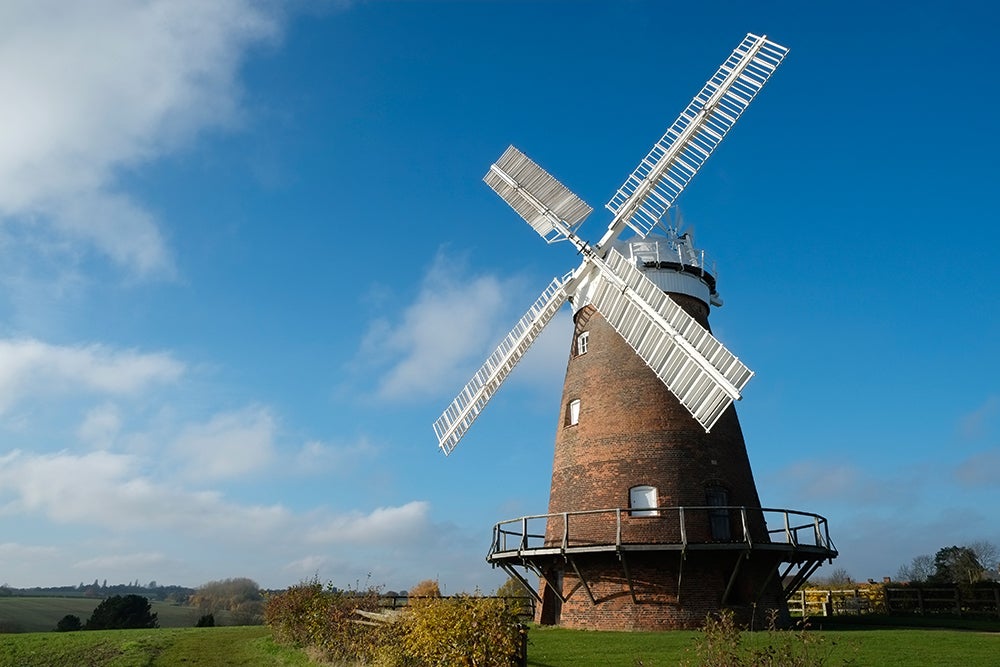
Like other Fujifilm models, the X-E1 gives very attractive colour rendition
Nikon D700
Price: £399 (body only)
Read our Nikon D700 review
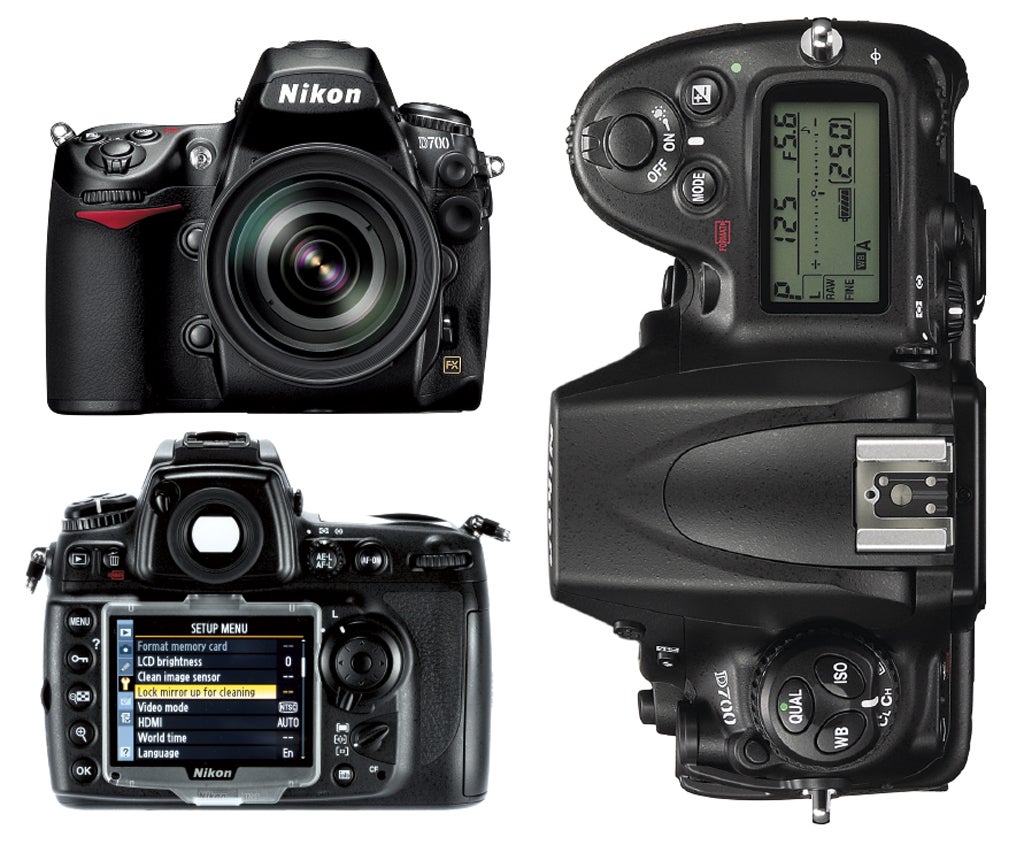 Canon’s EOS 5D has enjoyed a sub-£400 price point for some time, and now, almost eight years after its release, the full-frame Nikon D700 joins it in that bracket.
Canon’s EOS 5D has enjoyed a sub-£400 price point for some time, and now, almost eight years after its release, the full-frame Nikon D700 joins it in that bracket.
Designed as a compact version of the D3, the model received rave reviews thanks to its performance- to-cost ratio, with its relatively modest 12-million-pixel count ensuring it maintained strong image quality at higher sensitivities. Twelve million pixels may sound a little behind the times by today’s standards, but it’s more than enough for most uses and it’s worth remembering that manufacturers are still releasing 12-million-pixel cameras onto the market.
As a model aimed at the professional user, the D700 is furnished with a pentaprism viewfinder, a sensitive 51-point AF system with very capable subject tracking, and even with features such as intervalometer and AF fine-tuning, all wrapped up in a robust, weather-sealed body. Live view is also on hand for easier composition, although video recording is absent.
While you may not always get full compatibility with older F-mount lenses, there are enough modern choices from Nikon and third parties to satisfy a range of budgets. You can even use it with DX-format lenses in the camera’s crop mode.
The only rub is that, as an eight-year-old, pro-oriented model, the majority of D700 models will have been well used. The camera did, however, ship with a screen protector as standard, so there’s a good chance this will be in a reasonably good condition.

The Nikon D700 has live view for ease of composition
Olympus OM-D E-M5
Price: £250 (body only), £390 (with 12-50mm lens)
Read our Olympus OM-D E-M5 review
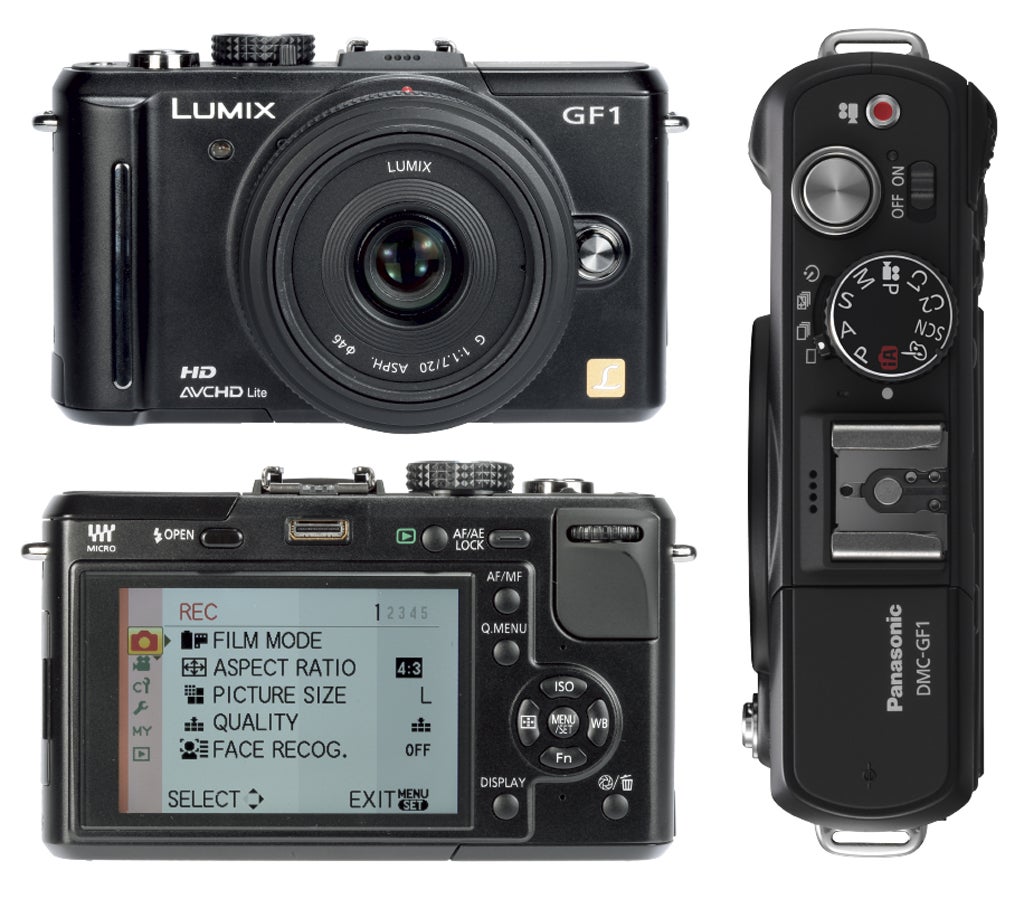 Unveiled four years ago as the debut offering in the popular OM-D series, the E-M5’s solid and well-rounded spec sheet means it still compares favourably with current offerings. You can find the camera in its standard 14-42mm kit option for around £300 – and at this price, it’s difficult to think of a body that offers more.
Unveiled four years ago as the debut offering in the popular OM-D series, the E-M5’s solid and well-rounded spec sheet means it still compares favourably with current offerings. You can find the camera in its standard 14-42mm kit option for around £300 – and at this price, it’s difficult to think of a body that offers more.
The E-M5 is based around a 16-million-pixel Micro Four Thirds sensor that’s equipped with an effective 5-axis image- stabilisation system, which reduces the need to use high sensitivities for handheld shooting. It offers 9fps burst shooting – dropping to 4.2fps with AF maintained – as well as a 1.44-million-dot electronic viewfinder and a tiltable OLED touchscreen display, all inside a weather-resistant body.
Front and rear control dials provide a DSLR-like shooting experience, so it’s great for those making the transition from more conventional models. However, the body and some controls are on the small and cramped side.
The OM-D E-M5 arrived with 14-42mm and 12-50mm kit lens options, and can be still found in these configurations. With the latter set-up, the average kit-lens focal lengths can be increased and provide complete weather-sealing with the body. The Micro Four Thirds system has also revitalised the appetite for older lenses (here benefiting from the camera’s image stabilisation), and there’s a plethora of adapters to enable a raft of different body/lens combinations. Micro Four Thirds users are, however, well served by more recent optics designed specifically for the system.

The E-M5’s in-body image stabilisation helps with low-light shooting
Panasonic Lumix DMC-GF1
Price: £75 (body only), £170 (with 14-42mm kit lens)
Read our Panasonic Lumix DMC-GF1 review
 Panasonic has had a fairly prolific run with its Micro Four Thirds system ever since it launched its original Lumix DMC-G1 back in 2008, and as a consequence it has seen its cameras frequently lining second-hand dealers’ shelves. Although the design and intentions of the GF line have been inconsistent with successive models, the initial GF1 was widely viewed as a positive start, and it remains well worth a look.
Panasonic has had a fairly prolific run with its Micro Four Thirds system ever since it launched its original Lumix DMC-G1 back in 2008, and as a consequence it has seen its cameras frequently lining second-hand dealers’ shelves. Although the design and intentions of the GF line have been inconsistent with successive models, the initial GF1 was widely viewed as a positive start, and it remains well worth a look.
In contrast to the smooth, rounded edges and greater focus on touchscreen operation common to later models in the series, the GF1sported a mode dial, hotshoe and many physical controls, with a smart body that aped the form of the company’s LX-format compacts when fitted with a pancake lens. All of this was built around a 12.1-million-pixel Live MOS sensor, although image stabilisation was lens-based.
Anyone investing in a Micro Four Thirds body benefits from access to a well-developed range of compatible optics, which is still the largest among CSC systems. Between them, Panasonic and Olympus have all the most important options covered, and further offerings from Sigma and Tamron, and more exotic options from the likes of Samyang, sweeten the system’s appeal.
At around £75 for its body only, it’s something of a bargain if you already have compatible lenses, although with many G-series siblings and an equally abundant selection of previous Olympus Pen models, it’s far from the only credible choice for those on a particularly tight budget.
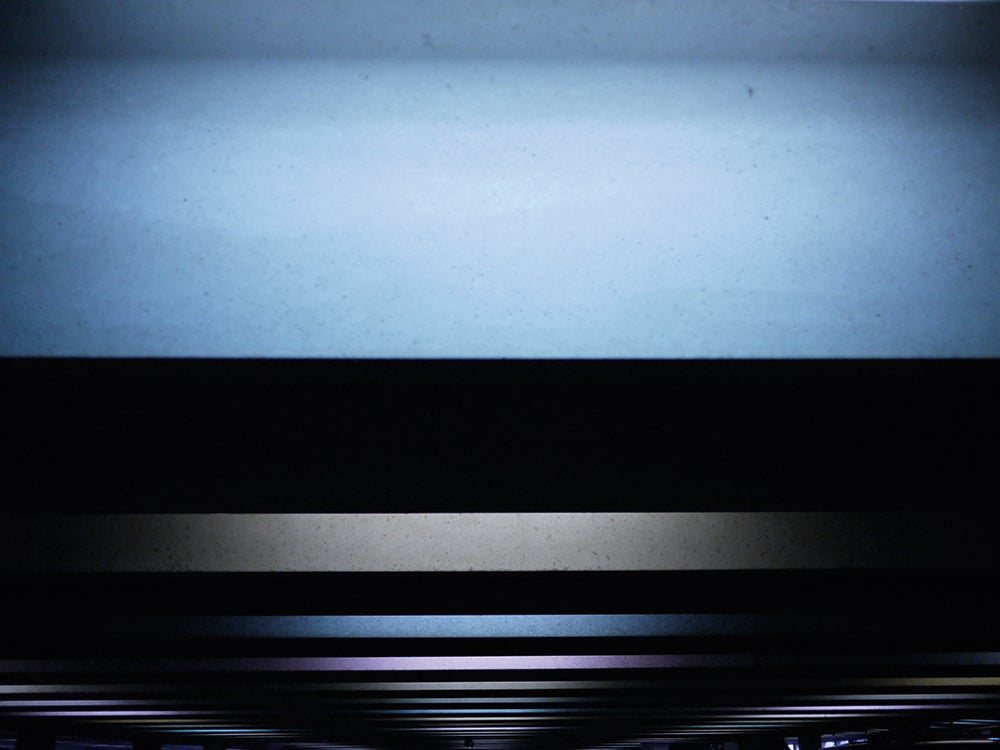
The compact GF1 is great for capturing shots you might miss with a DSLR
Pentax K-5
Price: £310 (body only)
Read our Pentax K-5 review
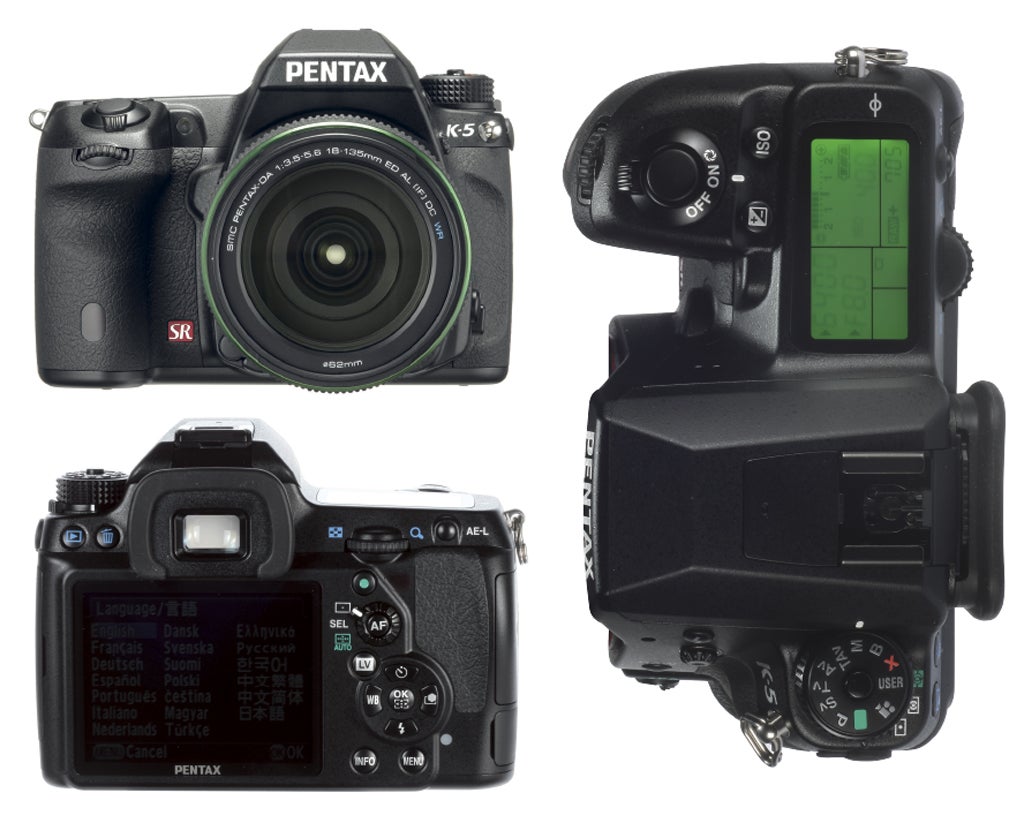 Pentax’s DSLRs have long offered excellent functionality for their price, and on the second- hand market for little over £300 the K-5 is a particular bargain.
Pentax’s DSLRs have long offered excellent functionality for their price, and on the second- hand market for little over £300 the K-5 is a particular bargain.
Given that it sat at the helm of Pentax’s DSLR line on its release, its spec sheet shows it to be competitive and well rounded. Inside its tough magnesium-alloy body lies a 16.3-million-pixel APS-C sensor that’s stabilised along three axes and operates to a maximum (extended) sensitivity equivalent to ISO 51,200. Full HD video recording and 7fps burst shooting are also on hand, joined by a pentaprism viewfinder that not only offers approximately 100% coverage of the scene, but also a high 0.92x magnification.
While the 11-point AF system may appear somewhat limited by today’s standards, with all but two of these points being cross type, it does prove itself to be sensitive and capable. Video options are somewhat basic too, despite the inclusion of a mic port around the side, although many photographers don’t use this enough (if at all) to make this a deal-breaker.
The second-hand market is awash with older Pentax lenses, and although continuous revisions to the mount mean that compatibility isn’t always 100% with newer bodies, most remain usable enough to be considered by Pentax owners. The current lens line-up may not be quite as abundant as those from Nikon and Canon in terms of its coverage, but when third-party options from the likes of Sigma and Tamron are also considered, this isn’t a significant drawback.

Like other Pentax models, the K-5 is weather sealed for use in inclement conditions
Sony Cyber-shot DSC-RX100 II
Price: £310
Read our Sony Cyber-shot DSC-RX100 II review
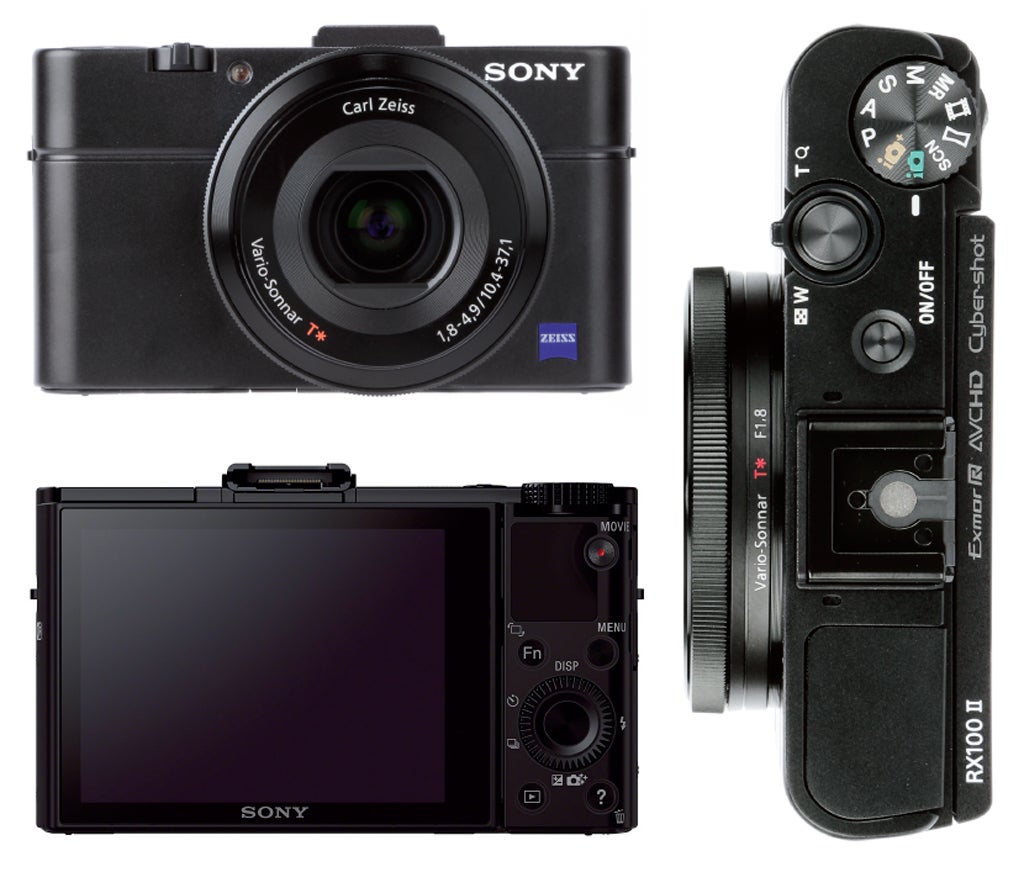 Sony’s Cyber-shot DSC-RX100 series has been hugely successful in recent years, setting a new standard for enthusiast compacts thanks to the relatively large 1in sensor shoehorned into a small body.
Sony’s Cyber-shot DSC-RX100 series has been hugely successful in recent years, setting a new standard for enthusiast compacts thanks to the relatively large 1in sensor shoehorned into a small body.
While all four models in the line have been well received, the second iteration in the series has much to recommend it. Sony chose to keep the 20.1-million- pixel resolution of the sensor and the 28-100mm f/1.8-4.9 unchanged from the original model, but revised the former’s architecture to a back-illuminated design, which helped it to deliver lower noise and faster AF in low light. The further additions of a tilting LCD, a multi-interface show for external accessories and excellent Wi-Fi and NFC functions round off its specs nicely.
Of course, no camera is perfect and the camera’s impressively wide f/1.8 aperture at the wide angle shrinks to an underwhelming f/4.9 at the telephoto end, although this is perhaps partly mitigated by respectable noise performance and an effective image-stabilisation system. Some have found the streamlined design comes at the cost of handling too, although add-on grips are available.
The RX100 II was eventually updated by a mark III version, the improvements of which included not only a built-in EVF and a brighter (but shorter) optic, but also a premium of around £260. The subsequent arrival of the mark IV version means that the mark III can be frequently found second- hand, but for those not fussed about these changes the RX100 II is clearly a better buy.

The RX100 II offers near DSLR-level image quality in a pocketable body
Our verdict
If these eight models prove anything, it’s that price is no longer the barrier it once was to having a capable camera. With even just a basic level of research, those not fussed about having the very latest equipment will soon realise how easy it can be to bag a high-quality camera at a reasonable price, particularly if they compare spec sheets between different generations of camera and look into lens options to make their money go even further.
While the Canon EOS 5D and Nikon D700 full-frame models may not look as impressive on paper as some of the more recent additions, and have their age working against them from the perspective of condition, they are currently the cheapest ways of entering the world of full-frame photography. They also have plenty of appeal towards the other end of the market as back-up or second bodies for those shooting weddings or other events. Those wanting something smaller and lighter can look towards the Pentax K-5 and Canon EOS 100D, which have an extensive selection of lens option to heighten their appeal and plenty of technology still deemed relevant enough to be included in current models.
The rapid development and high turnover of compact system cameras has meant that these now form a large part of the second- hand camera market, making it easier to get relatively up-to-date specs at a more affordable price. Fujifilm’s X-E1 was intended for an enthusiast user and priced accordingly, so to find such a well-specified model for less than £400 with a lens is brilliant. To further its appeal, Fuji has developed a reputation for excellent support of existing X-series users through firmware updates, and has updated the X-E1’s firmware nine times since the model’s launch. True, some of these updates have been relatively minor, but it’s still encouraging to know you’re buying into a system with this level of continuous support.
At such a knock-down price the Panasonic Lumix DMC-GF1 is ideal as a take-anywhere body for Micro Four Thirds users, while the Olympus OM-D E-M5, in addition to being an excellent first-time Micro Four Thirds model in its own right, is also a highly capable alternative to the Mark II version, which still retails at around three times its price. Given the range of Micro Four Thirds adapters available for legacy lenses, the two models are also great for those keen on getting the most out of lenses not specifically designed for the system.
Sony’s RX series has often been criticised for its price premium over other enthusiast compacts. However, the Cyber-shot DSC- RX100 II is now less than half the price of what it initially commanded while still putting up a decent fight against current models. It suits those who want a capable pocket camera for situations where anything with interchangeable lenses isn’t practical, particularly when you consider that most of its peers are too bulky to slip into the average pocket.
Naturally, aside from our top picks here, plenty more bargains can be had on the second-hand market. Happy shopping!




